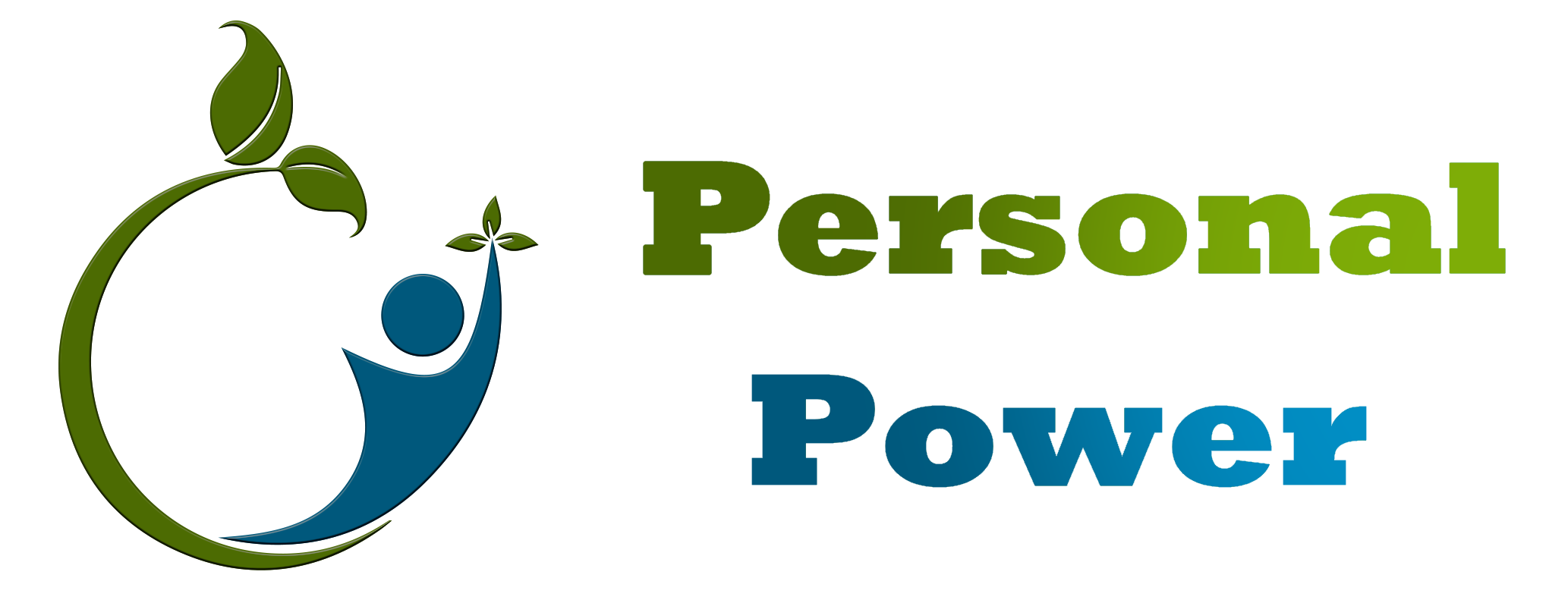Do you have a “fixed mindset” or a “growth mindset”? Since you’re on an Energy Healing website, which is a bit off the normal ‘health through better pharmaceuticals’ philosophy, chances are you are open to new ideas and processes. So I’d say most readers have already started down the path of a growth mindset.
So what’s the difference between fixed and growth mindsets?
- People with the fixed mindset tend to feel that their skills, potential and abilities are set, and can limit their potential. People with a growth mentality are open to the idea that there is always room for improvement if they want it enough and are willing to put in the work.
- Those in the “fixed” category tend to feel powerless to manipulate their pre-ordained, possibly genetic skills and talents while those in the growth category are far more optimistic about who is calling the shots – and step out of their box to learn new things.
Another significant difference is how a person views mistakes or obstacles and the attitude that they foster when the inevitable problems show up. For example, those with a fixed mindset are apt to become easily discouraged and throw in the towel at the first setback, whereas those with a growth mindset are more optimistic in their outlook and adopt more of an opportunistic approach to problems. They turn negativity into a chance to learn and grow from whatever hindrance they might encounter.
Given what is already understood about the two opposite approaches to mindset, the fixed mindset does not leave the same room for growth, learning, or personal prosperity, while the growth mindset is a more positive option that is more likely to maximize an individual’s success and happiness in life.
It is also important when discussing this particular topic to consider the ways in which our mindset can affect us other than in our ability to grow and prosper and be successful.
Mindset can have a major impact on health and physical well-being. A person who tends to consistently be discouraged or depressed is more likely to have that negative mentality suppress their immune system, which in turn makes them more prone to illnesses and longer recovery periods.
People with a growth mindset tend to feel more in control of their health, become sick less often, and tend to be happier and healthier.
But there is hopeful news for those who find themselves stuck in the pessimistic fixed mindset. YOU control your future. YOU control your thoughts. YOU control your life. YOU can choose a new path. YOU can choose.
I love to work with people who are building a new future. A new relationship, a new mindset, a new business. Even new healers who are working on growing their craft. If you’d like some support while you create your new future, I’m here for you. We can work on beliefs that are holding you back, insecurities that are holding you in your current reality, memories of past failures that are keeping you from taking another risk, and negative thoughts that replay in your head that keep you stuck. Get on my calendar so we can start moving your forward.
Move to that mindset of growth. Find success in whatever venture you jump into next. You can do it!
